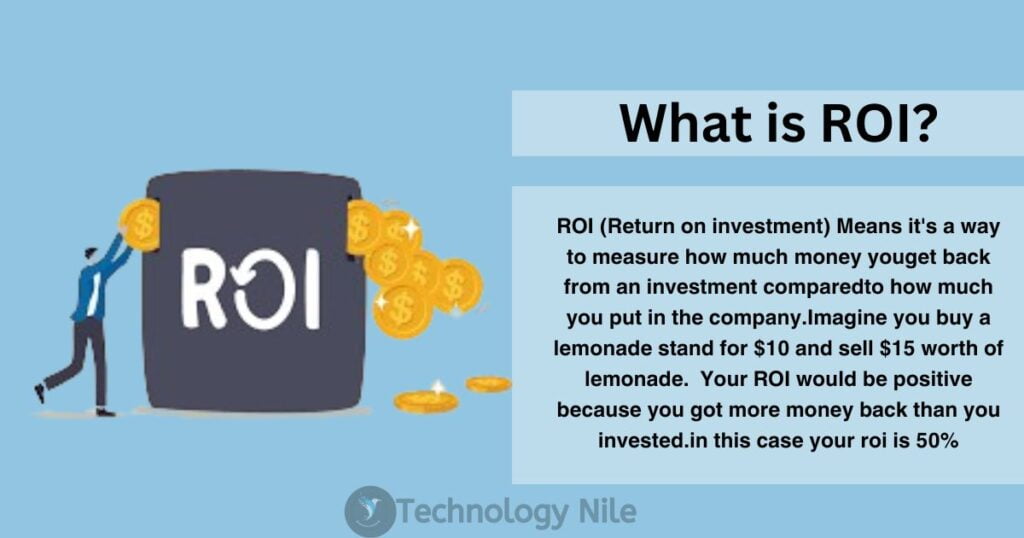
ROI Calculator – What is ROI?
- Consider diversifying your investment portfolio to spread risk and potentially improve returns.
- Review your investment strategy periodically to ensure it aligns with your financial goals and risk tolerance.
- Stay informed about market trends and economic conditions to make informed investment decisions. `;if (roi < 0) { suggestions += `
- Your ROI is negative (${roi.toFixed(2)}%). You might want to reconsider your investment choices and explore better opportunities. `; } else if (annualizedROI < 5) { suggestions += `
- Your annualized ROI of ${annualizedROI}% is relatively low. Look into high-performing sectors or investment options to improve returns. `; } else if (annualizedROI > 10) { suggestions += `
- Congratulations on achieving an annualized ROI of ${annualizedROI}%. Consider securing some of your gains by diversifying into safer assets. `; }suggestions += `
- Remember to factor in taxes and fees, which can impact your net ROI.
- Set long-term financial goals and develop a plan to achieve them through disciplined investing and saving.
What is ROI?

ROI stands for Return on Investment. It’s a metric used to assess the profitability of an investment. It essentially tells you how much gain or loss you experience compared to the initial cost of the investment. ROI is usually expressed as a percentage.
ROI = (Gain / Initial Investment) x 100
Example: You invest in a company’s stock (let’s call it XYZ)
Initial Investment: You buy 100 shares of XYZ at $20 per share, for a total cost of $2,000 (100 shares * $20/share).Gain from Purchase 1: After a year, the stock price increases to $25 per share. You decide to sell all your shares from purchase.
After a year, the stock price increases to $25 per share. You decide to sell all your shares from Purchase.
Gain (from selling Purchase shares): ($25 selling price – $20 initial price) * 100 shares = $500
ROI (for Purchase ): ($500 gain / $2,000 initial investment) x 100 = 25%